14 Wild Animals in Northern Ireland [Wildlife in Northern Ireland]
Want to know more about the wildlife in Northern Ireland (UK)?
Discover 14 wild animals in Northern Ireland in this post, as well as interesting facts about them.
TABLE OF CONTENTS [show]
Learn All About Northern Irish Animals
Ready to learn all about Northern Irish animals?
I’ve always been fascinated by animals, and by how they can be so different from one country to another. In this guide, we’ll focus on the many animals Northern Ireland has on the land, in the sky, and under water.
I’ve split the guide in 5 categories:
- Native animals from Northern Ireland
- Endangered animals of Northern Ireland
- What is the national animal of Northern Ireland?
- How many animals native to Northern Ireland?
- What is the rarest animal in Northern Ireland?
Let’s dive in right away with our first category!
Native Animals from Northern Ireland
Northern Ireland is a European country located in the northwestern part of the continent, within the United Kingdom. It lies in the northwestern corner of the island of Ireland, was created in 1921 after the Government of Ireland Act 1920, has always been an important place of conflict between Protestants and Catholics, and has very complex cultural links with the rest of the neighboring countries. It is bordered by Ireland, and its capital and largest city is Belfast, which counts more than 341,000 inhabitants (but more than 671,000 if you include the metropolitan area).
An interesting part of the country that I wanted to tackle is its wildlife. In light of that, I have listed the best of it, and I hope you will love learning what animals live in Northern Ireland.
Here’s the Northern Ireland animals list.
1. Canada goose
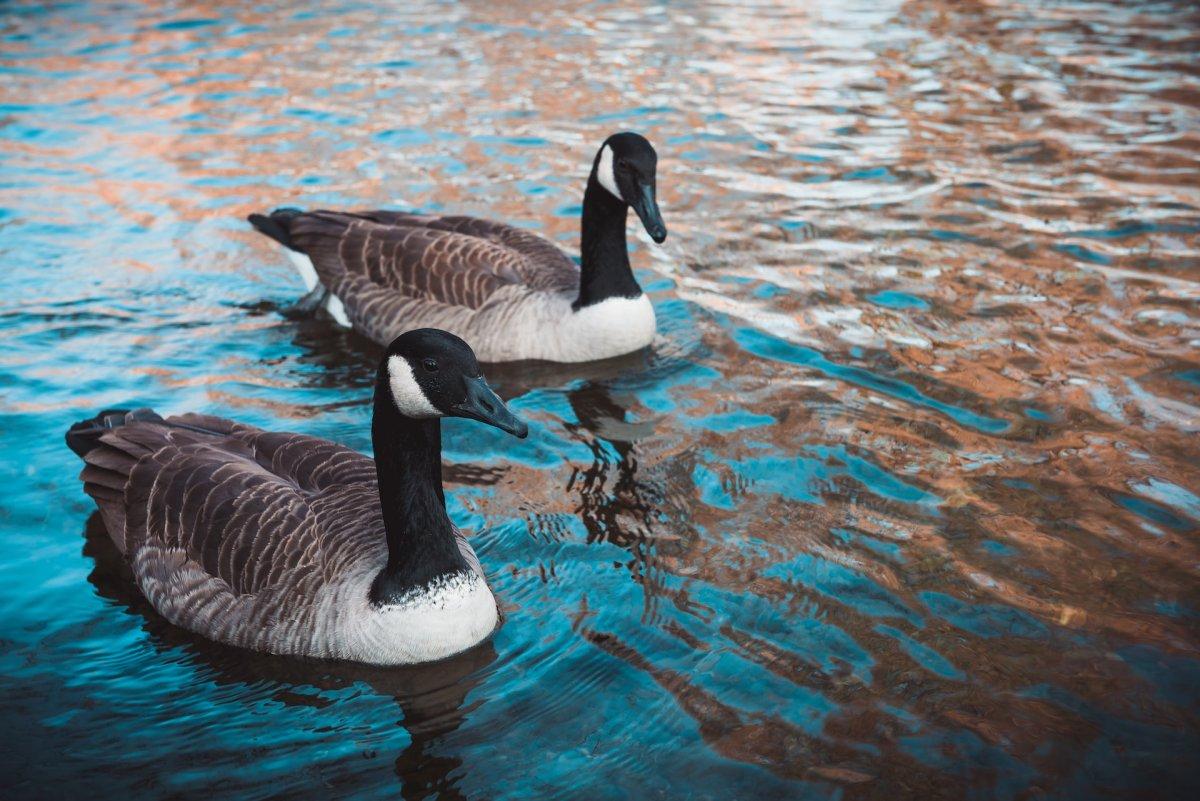
- Name: Canada goose
- Scientific name: Branta canadensis
- Conservation status:
The Canada goose, also known as the Canadian goose, is a large species of wild goose with a black head and neck, white underparts, brown plumage and white cheeks. It is of course most common in Canada, but migrates to northern Europe and the British Isles, including Northern Ireland.
This goose is primarily herbivorous, and feeds on grains and grasses, although it occasionally eats fish and insects.
2. Mountain hare
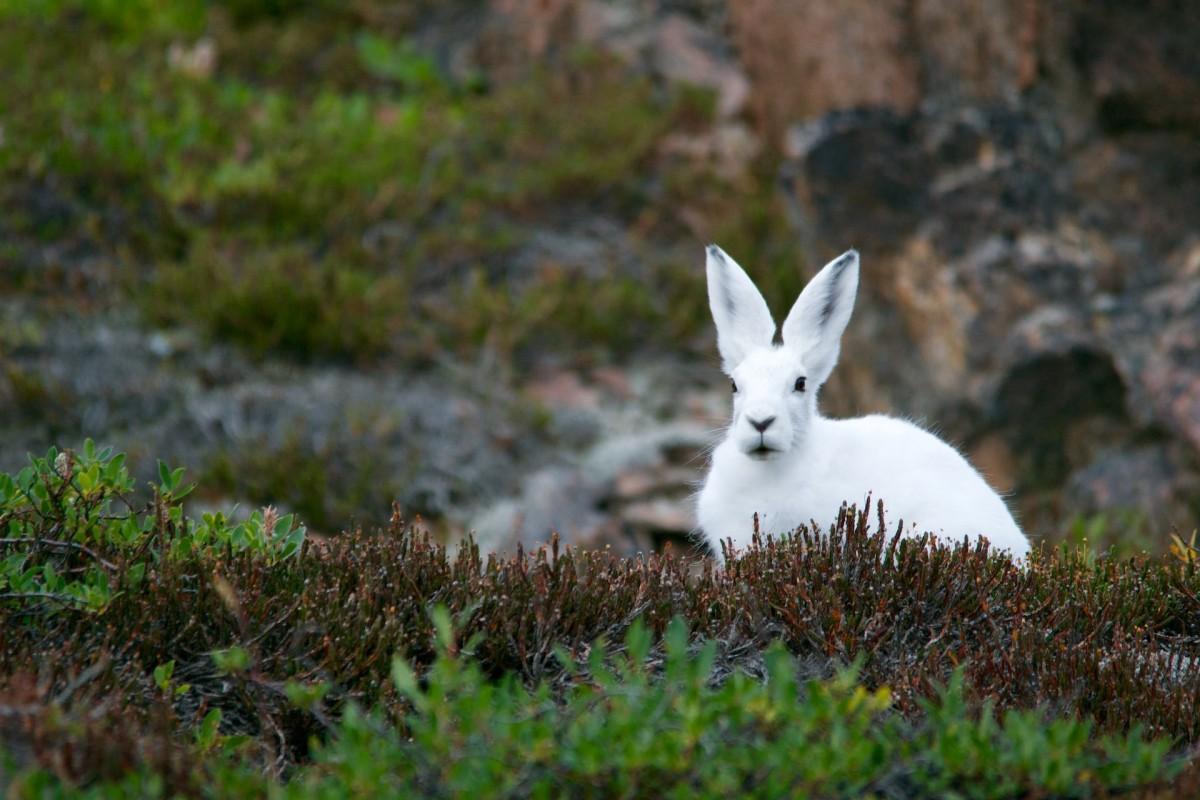
- Name: Mountain hare
- Scientific name: Lepus timidus
- Conservation status:
The mountain hare, also known as the Irish hare, the blue hare, the alpine hare, the snow hare, the white hare, the variable hare or the tundra hare, is a species of hare adapted to mountainous and polar habitats, and it can be found all around the island of Irelands, as well as northern Europe and northern Asia, and the Alps.
The color and diet of the mountain hare largely vary depending on the season and the area, hence its name “variable”.
3. Little grebe
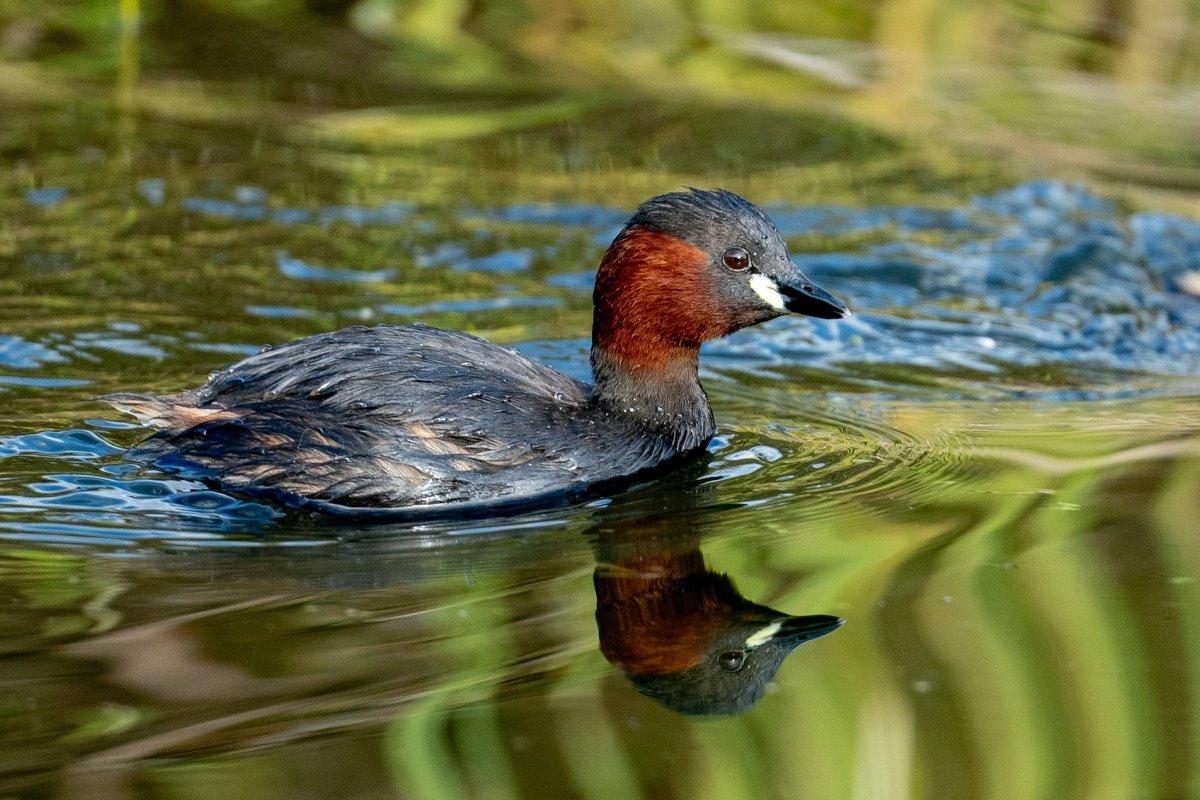
- Name: Little grebe
- Scientific name: Tachybaptus ruficollis
- Conservation status:
The little grebe, also known as the dabchick, is a small species of water bird native to a very large range, from the British Isles to South Africa, and as far east as the Indian subcontinent, Japan and Indonesia.
This bird breeds in colonies around densely vegetated areas of freshwater lakes. During the winter, it moves to more open, coastal waters. Interestingly enough, it is an adept swimmer and diver, and pursues fish and invertebrates underwater.
4. European hedgehog
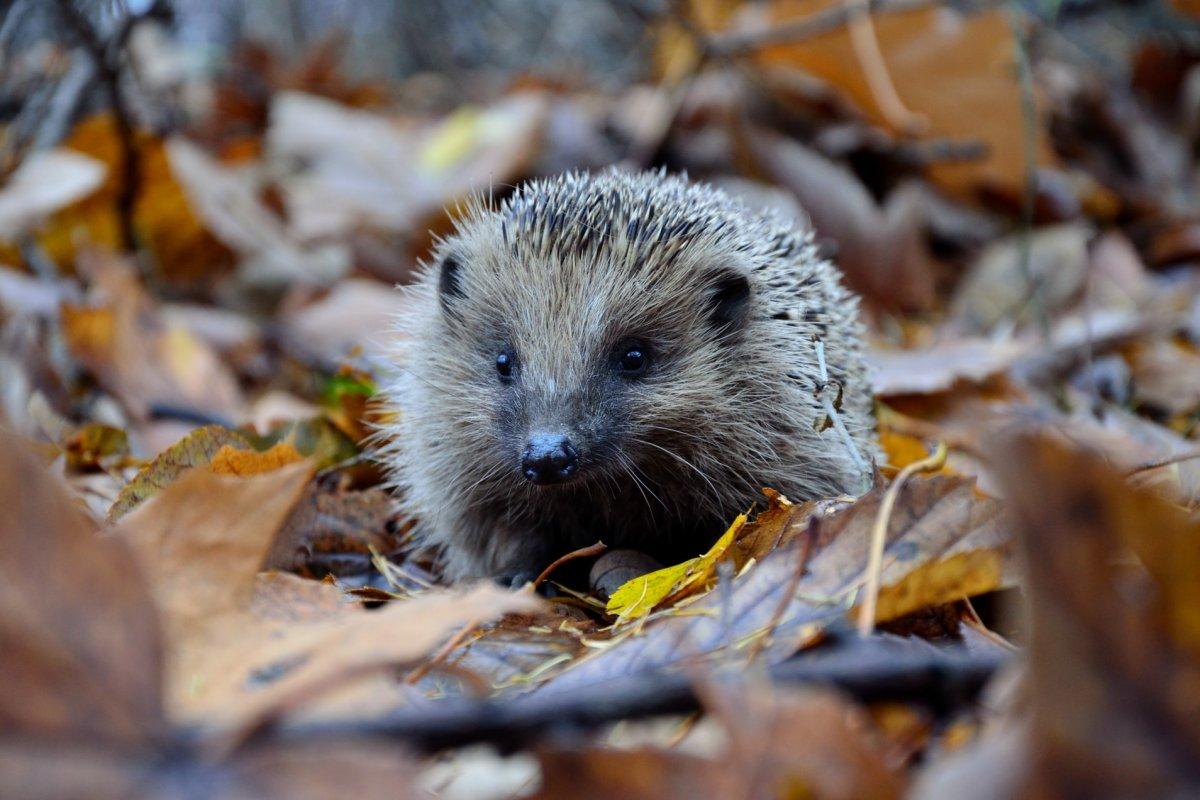
- Name: European hedgehog
- Scientific name: Erinaceus europaeus
- Conservation status:
The European hedgehog, also known as the common hedgehog, is a species of hedgehog native to Europe, from Italy and the Iberian Peninsula to the British Isles. It is fairly common within its range, and can often be spotted in European gardens, in which it is particularly appreciated for its tendency to feed on a broad range of garden pests.
However, this hedgehog has become a serious pest in some parts of its areas, such as the Western Isles of Scotland or New Zealand.
5. North Atlantic right whale
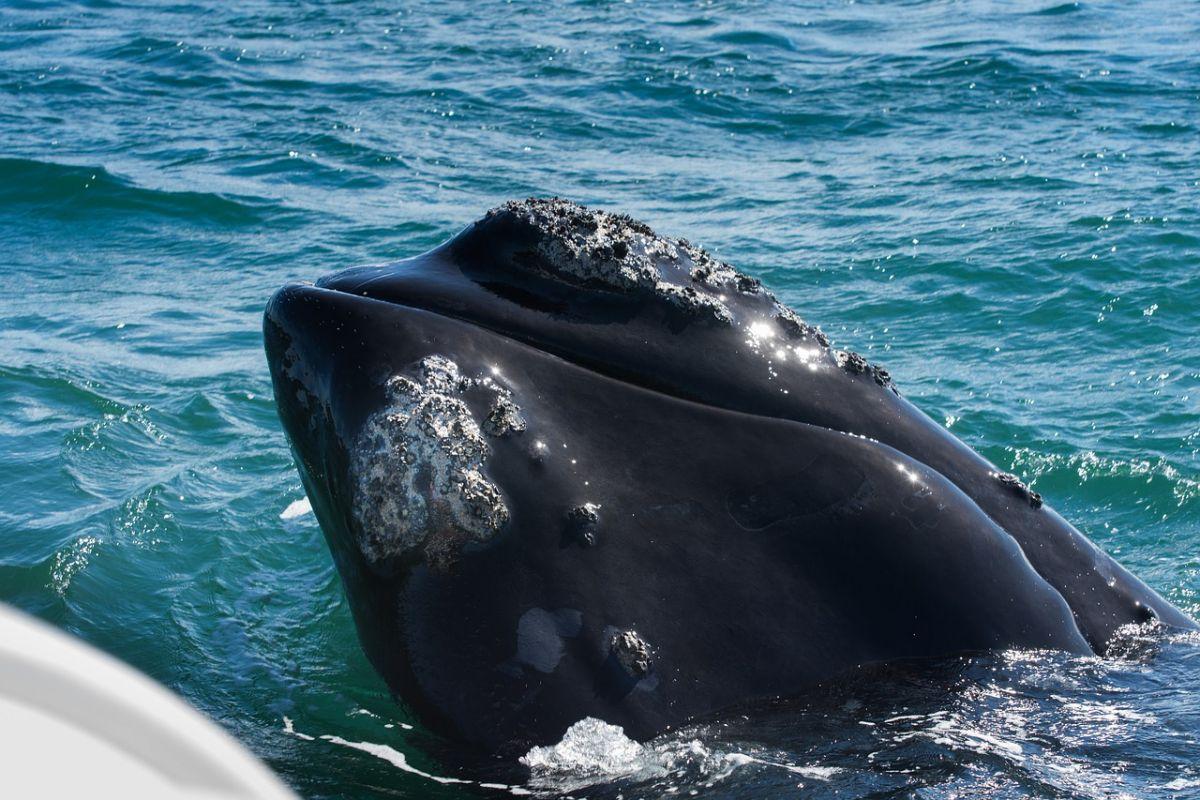
- Name: North Atlantic right whale
- Scientific name: Eubalaena glacialis
- Conservation status:
The North Atlantic right whale is a species of baleen whale found in the North Atlantic.
It used to be a main target of the whaling industry due to its slow swim, high oil yield, docile nature and tendency to stay near the coast; however, because of that and other factors, it is now on the brink of extinction, and although protected, faces serious threats such as climate change, ship strikes and entanglement in fishing gear.
6. Gray seal
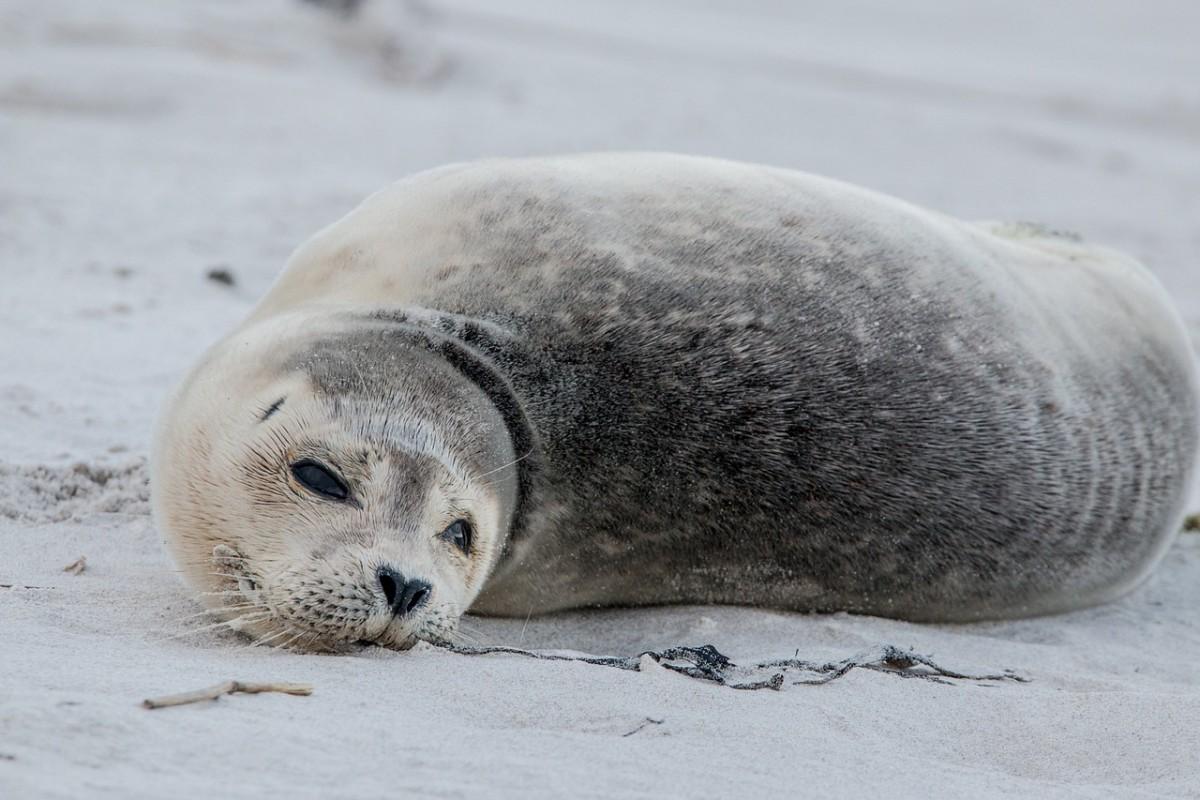
- Name: Gray seal
- Scientific name: Halichoerus grypus
- Conservation status:
The gray seal, also known as the Atlantic seal or the horsehead seal, is a species of pinniped found on both shores of the northern Atlantic Ocean. It is protected throughout much of its range, including the United Kingdom, but not in Northern Ireland specifically.
This seal has many very large colonies around the United Kingdom, but also breeds in tons of smaller ones. It is vulnerable to sharks and killer whales, as well as white-tailed eagles.
7. White-tailed eagle
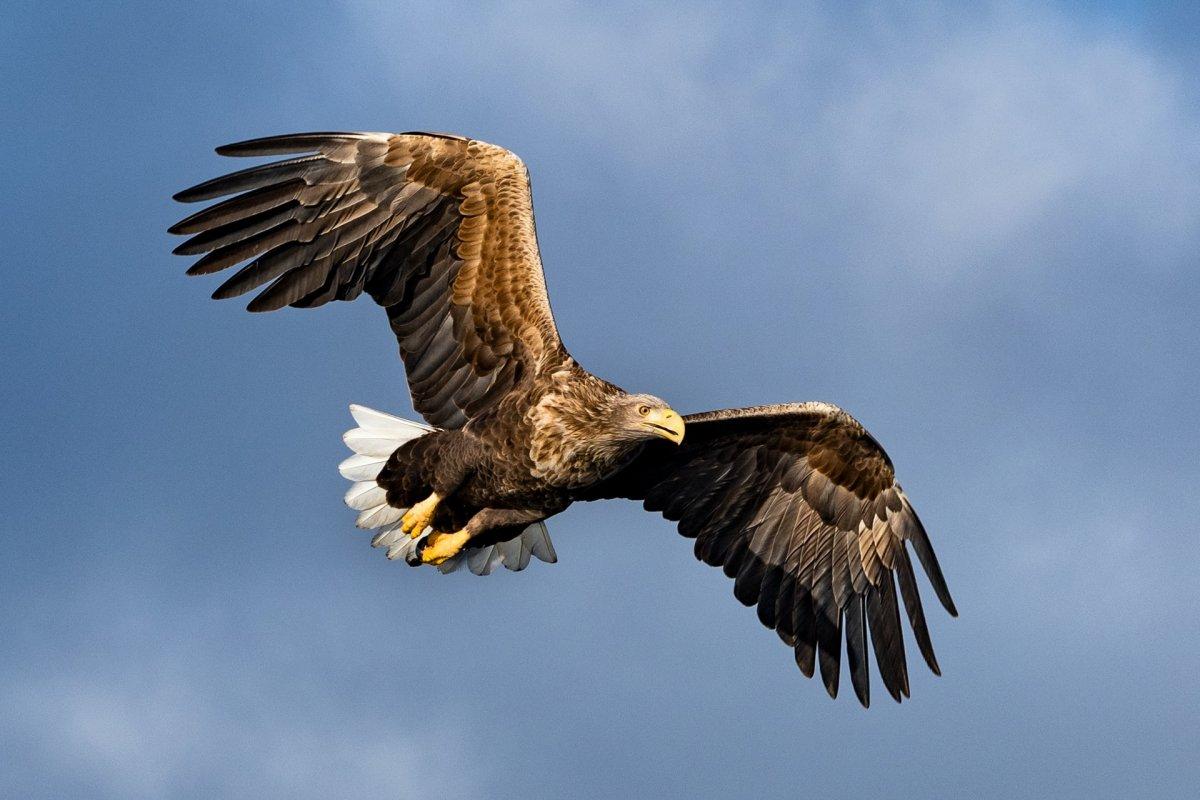
- Name: White-tailed eagle
- Scientific name: Haliaeetus albicilla
- Conservation status:
The white-tailed eagle, also known as the ern, the white-tailed sea eagle or the gray sea eagle, is a very large species of sea eagle found across most of Eurasia. After becoming extinct from the United Kingdom in general, it has been slowly but steadily reintroduced to Northern Ireland, in which it can now be found around the coastline.
This eagle has long been part of ancient Saxon culture, being featured on multiple coats of arms, usually grasping a pike in its talons.
8. Eurasian oystercatcher
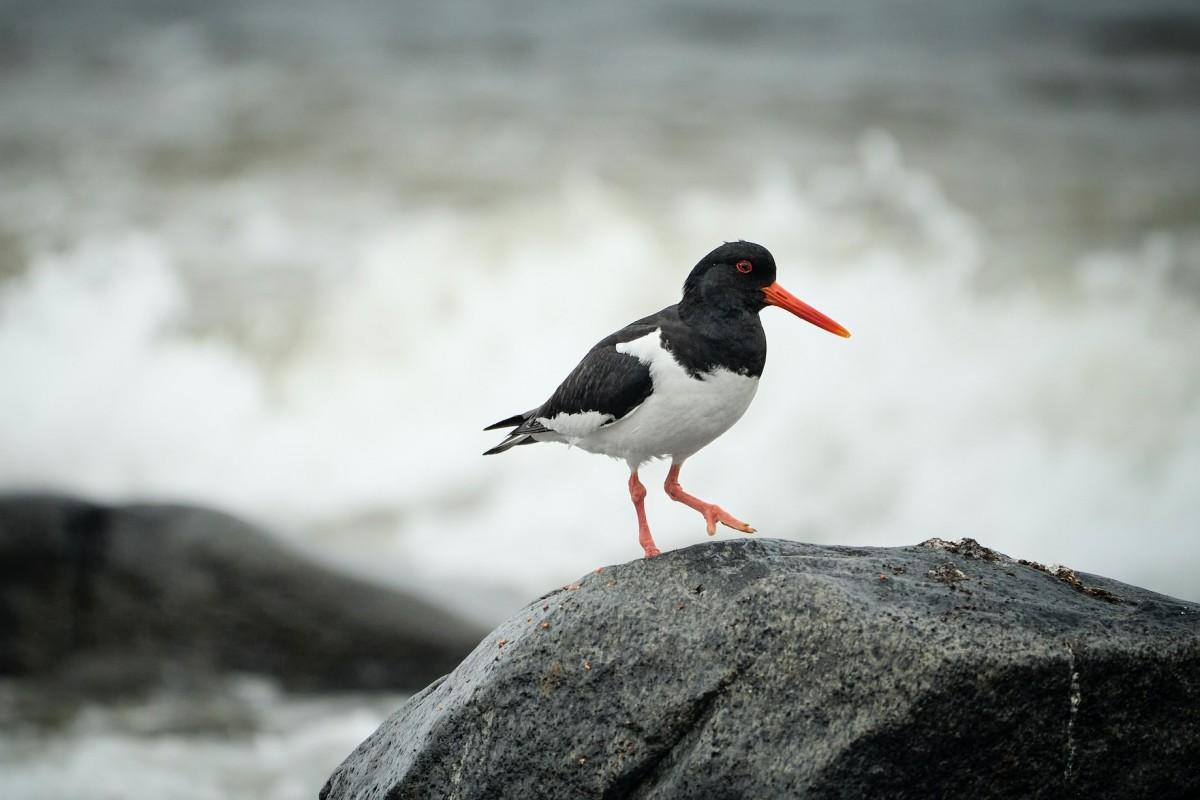
- Name: Eurasian oystercatcher
- Scientific name: Haematopus ostralegus
- Conservation status:
The Eurasian oystercatcher, also known as the palaearctic oystercatcher or the common pied oystercatcher, is a species of wader found in western Europe, central Eurosiberia, China, Korea and Kamchatka. It is the national bird of Northern Ireland.
This bird is easily distinguished thanks to its long, flat and striking red bill, as well as its red feet. It is a migratory species throughout much of its range.
9. Brandt’s bat
- Name: Brandt’s bat
- Scientific name: Myotis brandtii
- Conservation status:
Brandt’s bat, also known as Brandt’s myotis, is a species of vesper bat found in Eurasia. It was first found on the island of Ireland in 2010, and is probably going to grow in the country. It inhabits deciduous and coniferous tree forests, at altitudes between sea level and 1,800 m / 5,906 ft above it.
This bat has brown or dark gray fur, with pinkish tips of ears.
10. Great black-backed gull
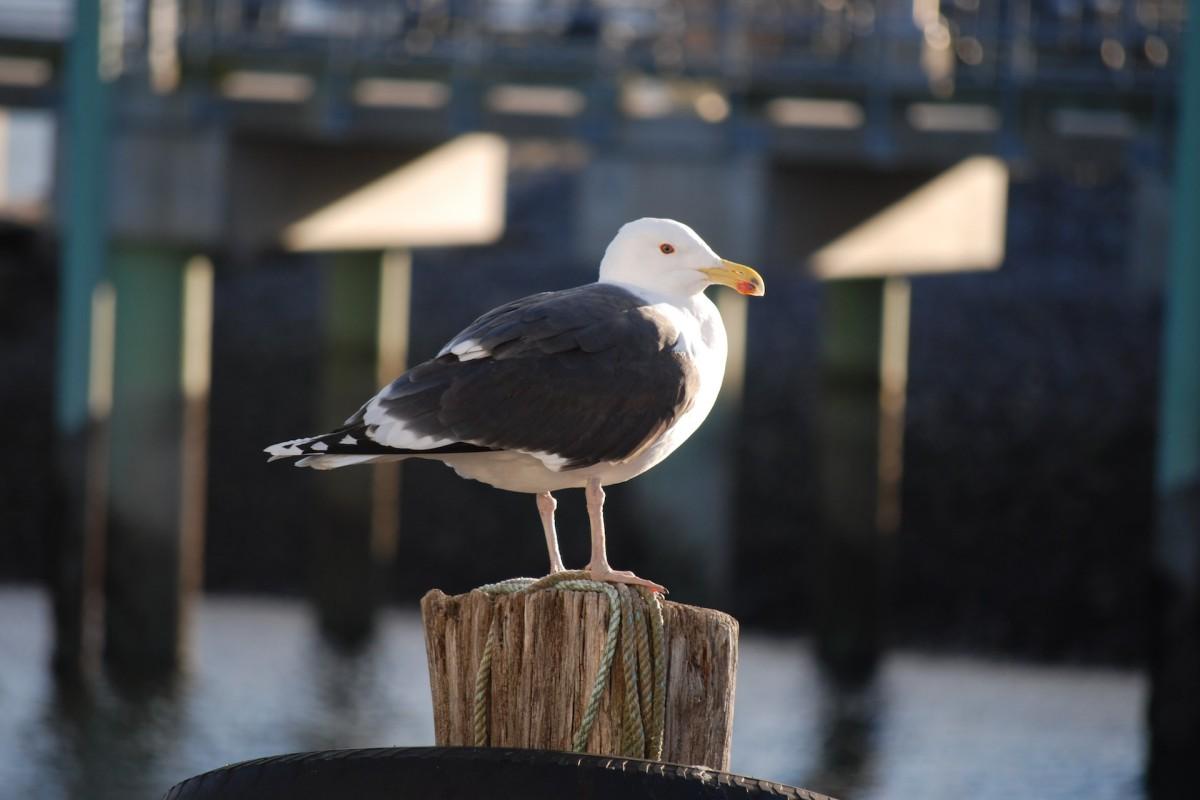
- Name: Great black-backed gull
- Scientific name: Larus marinus
- Conservation status:
The great black-backed gull is the largest species of gull in the world. It is known to be a very aggressive hunter, scavenger and pirate, and breeds on both shores of the North Atlantic Ocean.
This gull breeds in the coastal areas of Northern Ireland, as well as that of France and the United Kingdom. It can be found as far north as Greenland and Canada.
11. Irish stoat
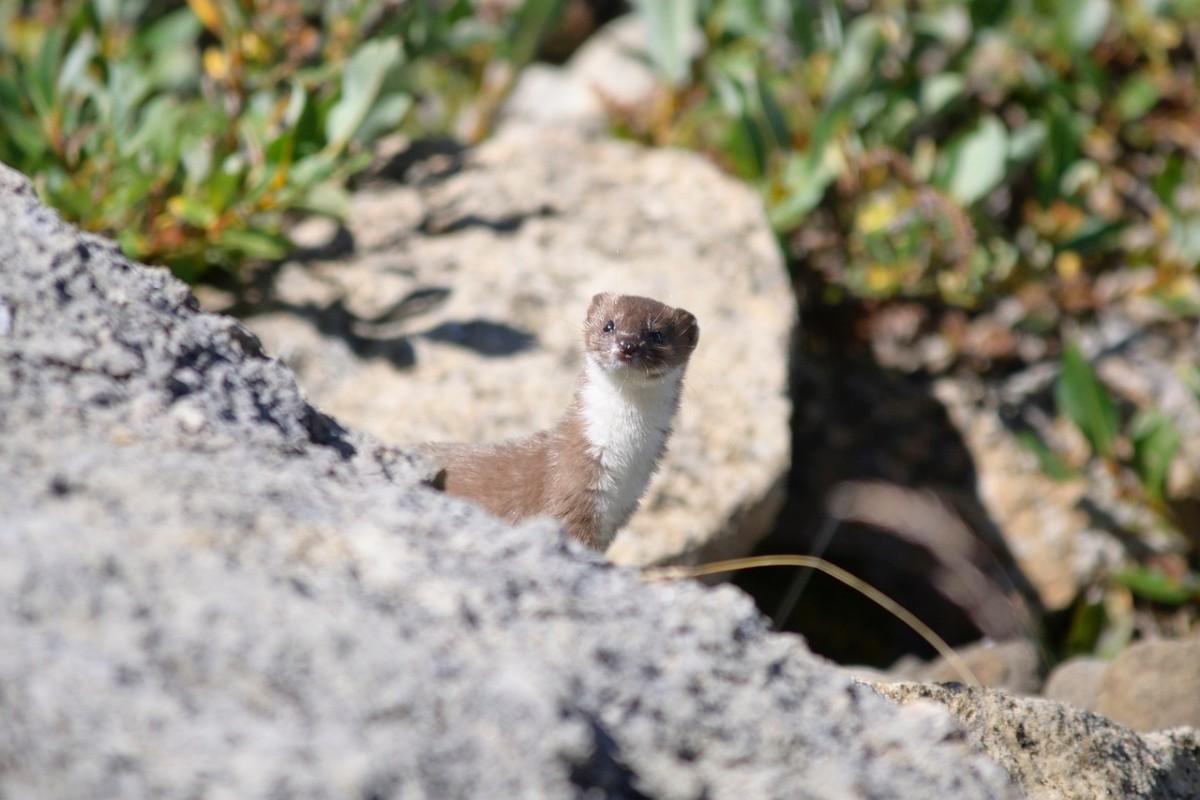
- Name: Irish stoat
- Scientific name: Mustela erminea hibernica
- Conservation status:
The Irish stoat is a subpopulation of the stoat found all around the island of Ireland, as well as on the Isle of Man. It is larger than the average stoat, and is characterized by the irregular pattern on its coat.
The stoat is a species of mustelid with a very wide distribution, being found throughout almost all of the northern half of the Northern Hemisphere. It has long been farmed for its fur.
12. European shag
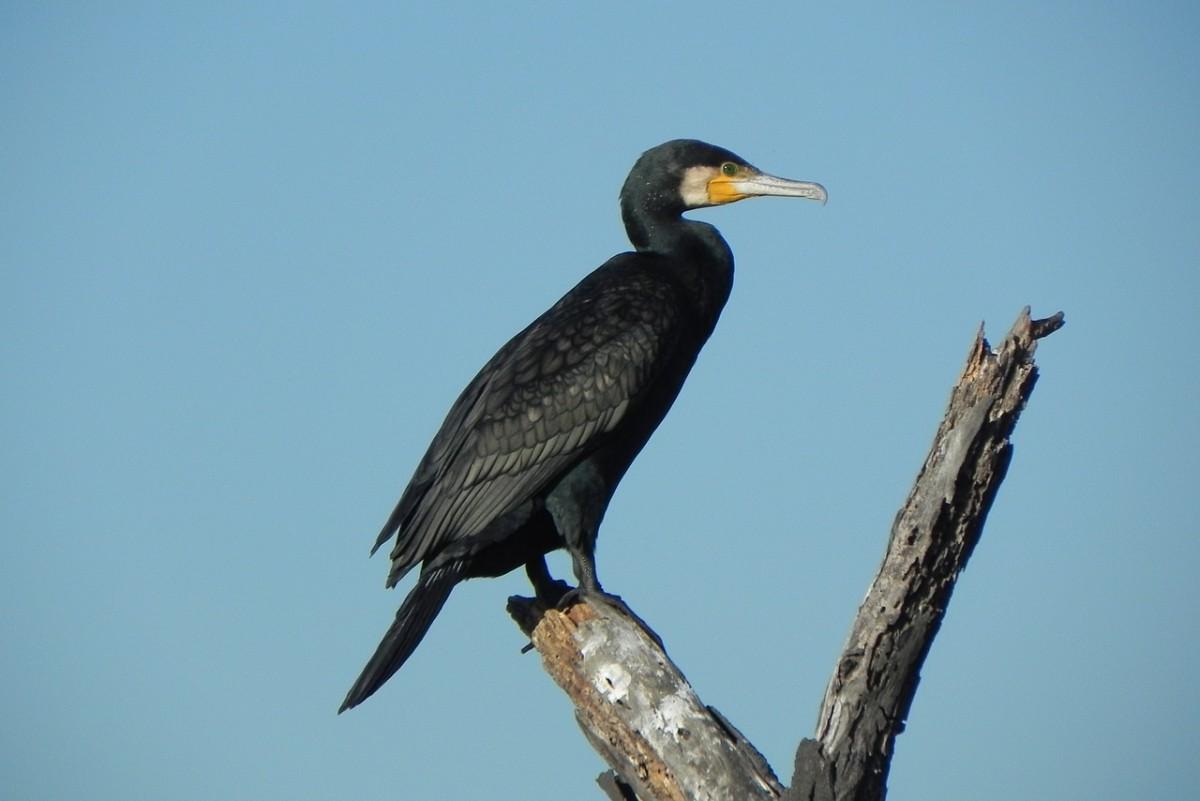
- Name: European shag
- Scientific name: Gulosus aristotelis
- Conservation status:
The European shag, also known as the common shag or simply the shag, is a species of cormorant found in western, southern and northern Europe. It inhabits the rocky coastlines of the continent, and can be found as far north as western Iceland.
Similarly to other cormorants, the European shag feed on fish. It dives in the water and pursues its prey, and seriously suffers from the conflict with local fisheries.
13. Gray heron
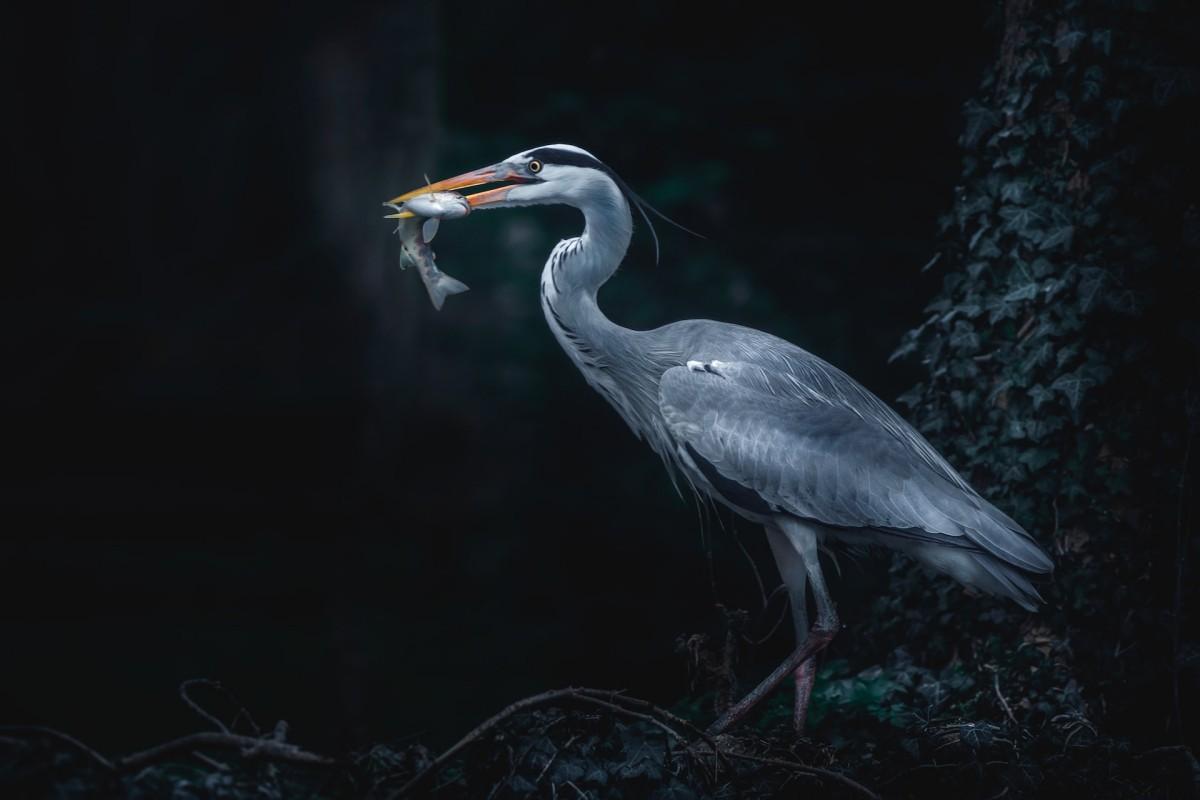
- Name: Gray heron
- Scientific name: Ardea cinerea
- Conservation status:
The gray heron is a tall species of wading bird found in temperate Europe and Asia, as well as in areas of Africa. While it is a resident bird in most of its range, some populations migrate during the winter.
This bird breeds in colonies, and it is known as the “crane” in Northern Ireland, although this is largely inaccurate. It has a slow flight, and retracts its long neck when doing so.
14. Red fox
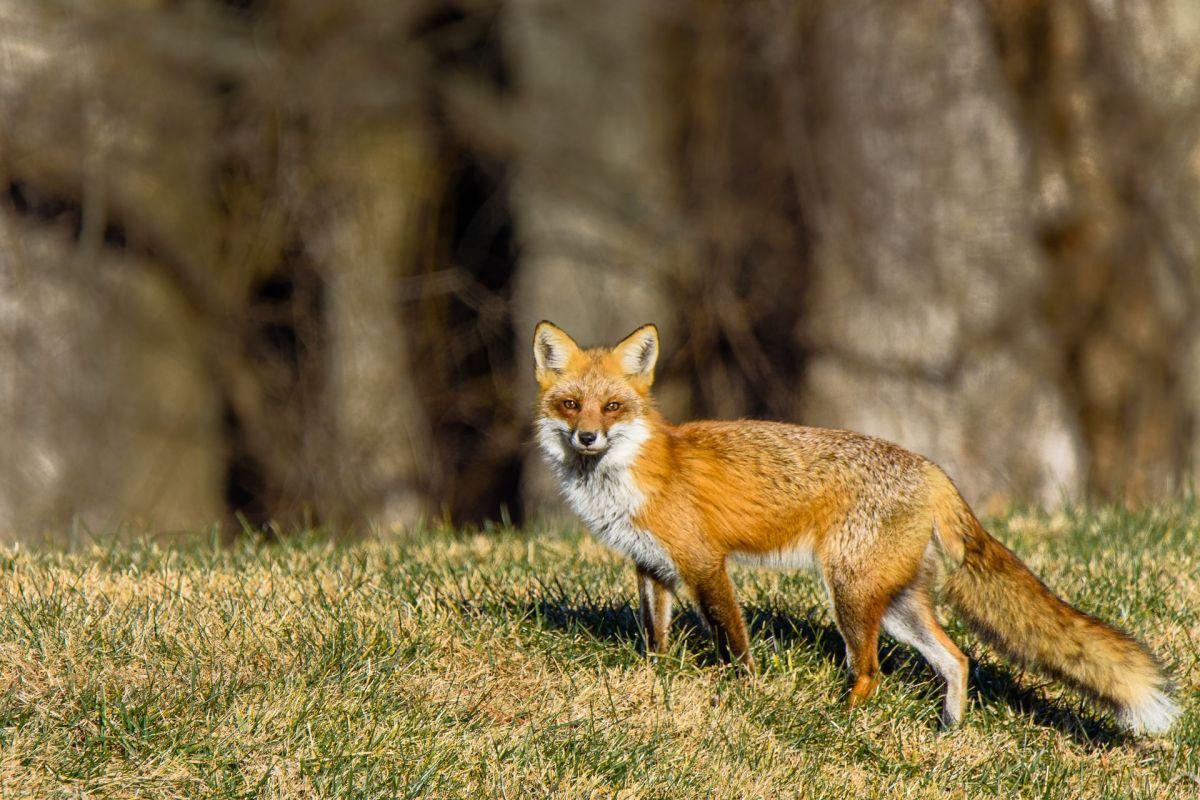
- Name: Red fox
- Scientific name: Vulpes vulpes
- Conservation status:
The red fox is one of the most widely distributed species of carnivores in the world, being found in most of the Northern Hemisphere, and also introduced to Australia, in which it is considered a serious pest and invasive species.
This mammal is particularly successful due to its adaptability and ability to thrive alongside human expansion. It is more and more often seen in urban areas, and can even feed on human refuse.
—
So there you have them, these were my 14 wild animals in Northern Ireland. I hope you enjoyed this list and that you learned something new today.
In case you want to learn more about the Northern Ireland wildlife, feel free to keep reading, as I still have lots of things to tell you about:
Endangered Animals of Northern Ireland
This is definitely the saddest part of the list, but it is very important to raise awareness. Because of this, let’s go through the list of endangered animals in Northern Ireland.
Here are the animals in danger of extinction in Northern Ireland (including the rest of the United Kingdom as well).
- Houting
- Great auk
- Sociable lapwing
- Kemp’s ridley sea turtle
- Atlantic sturgeon
- North Atlantic right whale
- Balearic shearwater
- and 13 more…
- Shortfin mako
- Undulate skate
- Angular roughshark
- European rabbit
- Blue whale
- and 15 more…
To see the full list of endangered species in Northern Ireland, head over to the International Union for Conservation of Nature’s Red List.
What is the National Animal of Northern Ireland?
The national animal of Northern Ireland is the northern pike.
In fact, Northern Ireland, quite surprisingly, does not have any national animal, but the species that comes closest to it would be the northern pike, a carnivorous fish found in Europe, North America and northern Asia.
Besides, there is a national bird in Northern Ireland, the Eurasian oystercatcher, but that’s about it.
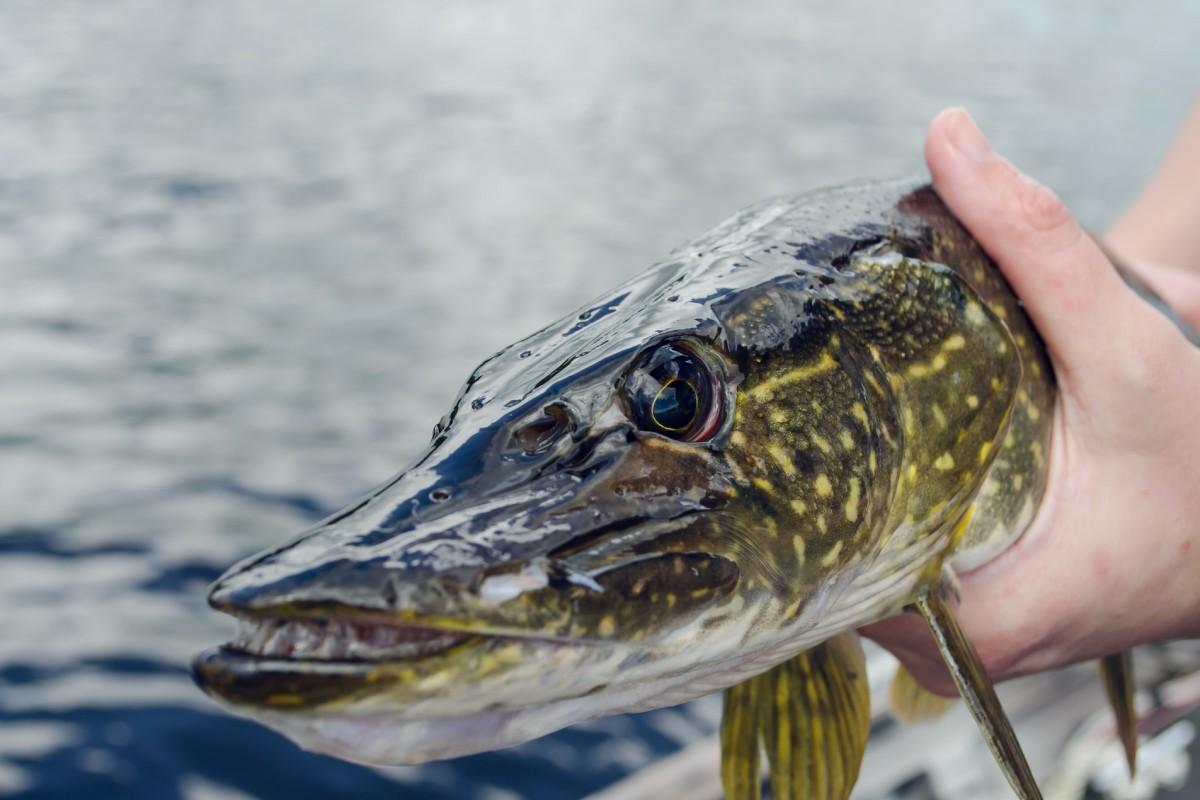
How Many Animals Native to Northern Ireland?
What is the diversity of native animals in Northern Ireland?
Let’s look at the total number of species of Chordata (mammals, birds, fishes and reptiles).
Total number of animal species in Northern Ireland: 1,269 (3,149 in total in Europe)
What is the rarest animal in Northern Ireland?
There are lots of threatened species in Northern Ireland, but the rarest one is most likely the European pine marten.
This mustelid has faced severe declines in Northern Ireland, but also in Wales and England. This is mostly due to deforestation and intense persecution, and while it used to be abundant in the country, it is now much more elusive and rarer.
More About Animals in the World!
Loved these Northern Ireland animal facts? Want to see what animals live in other countries?
Then check out these posts:
- Wild Animals in the United Kingdom
- Wild Animals in England
- Wild Animals in Scotland
- Wild Animals in Wales
Or click here to see ALL the facts up on the blog! Spoiler alert: there’s A LOT of them.
Share the knowledge! Click on the buttons below to share information about these famous animals in Northern Ireland with your friends, and help them learn more about the world 🙂
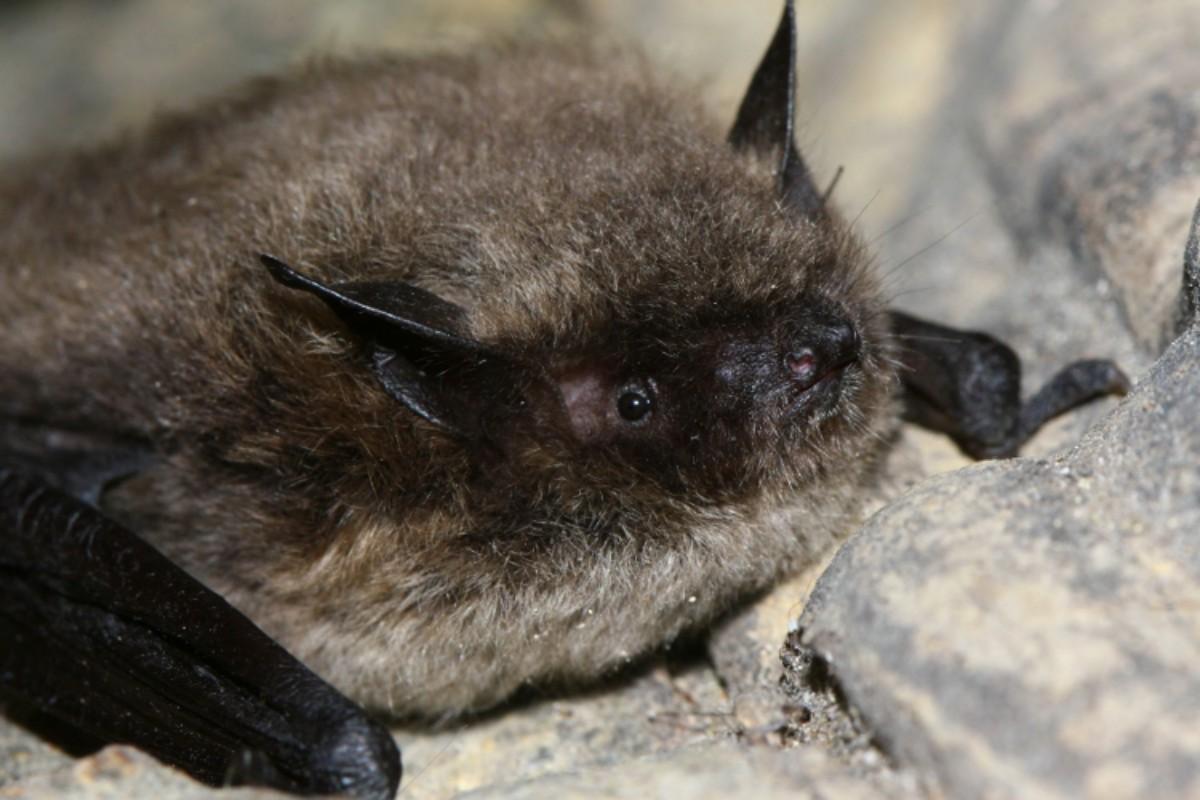

![14 Wild Animals in Alabama [Wildlife in Alabama]](https://www.kevmrc.com/wp-content/uploads/2023/07/14-wild-animals-in-alabama.jpg)
![21 Wild Animals in Sri Lanka [Wildlife in Sri Lanka]](https://www.kevmrc.com/wp-content/uploads/2022/12/21-wild-animals-in-sri-lanka.jpg)
![14 Wild Animals in Cuba [Wildlife in Cuba]](https://www.kevmrc.com/wp-content/uploads/2022/06/14-wild-animals-in-cuba.jpg)
why don’t they bring back the Irish wolf Irish elk wild bore I would love to see them back